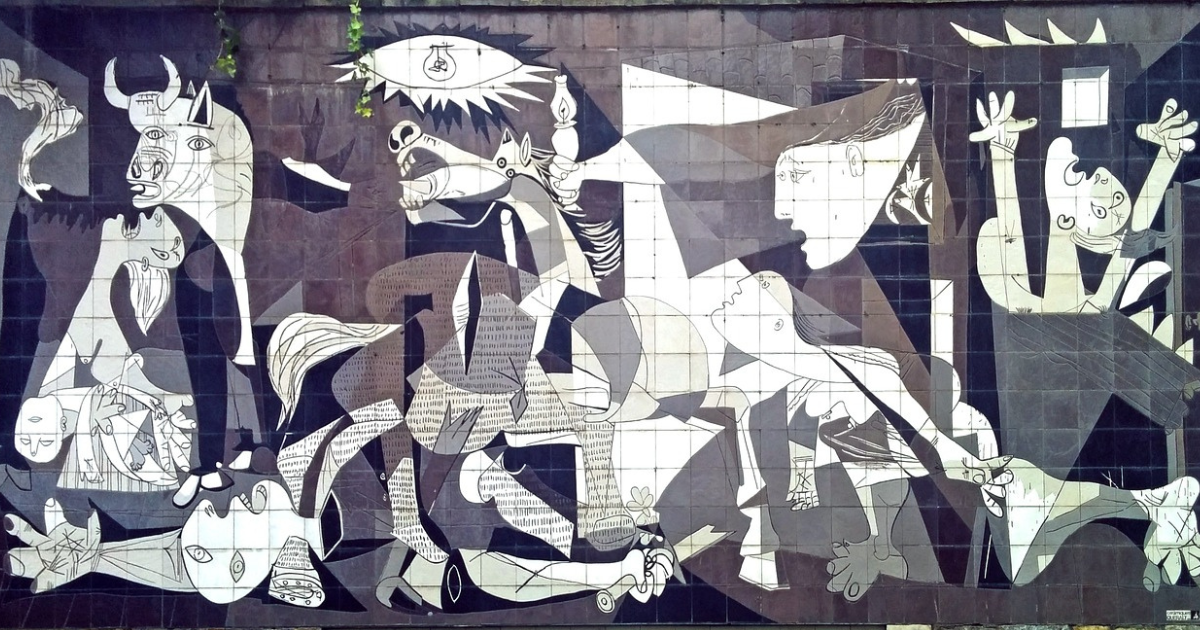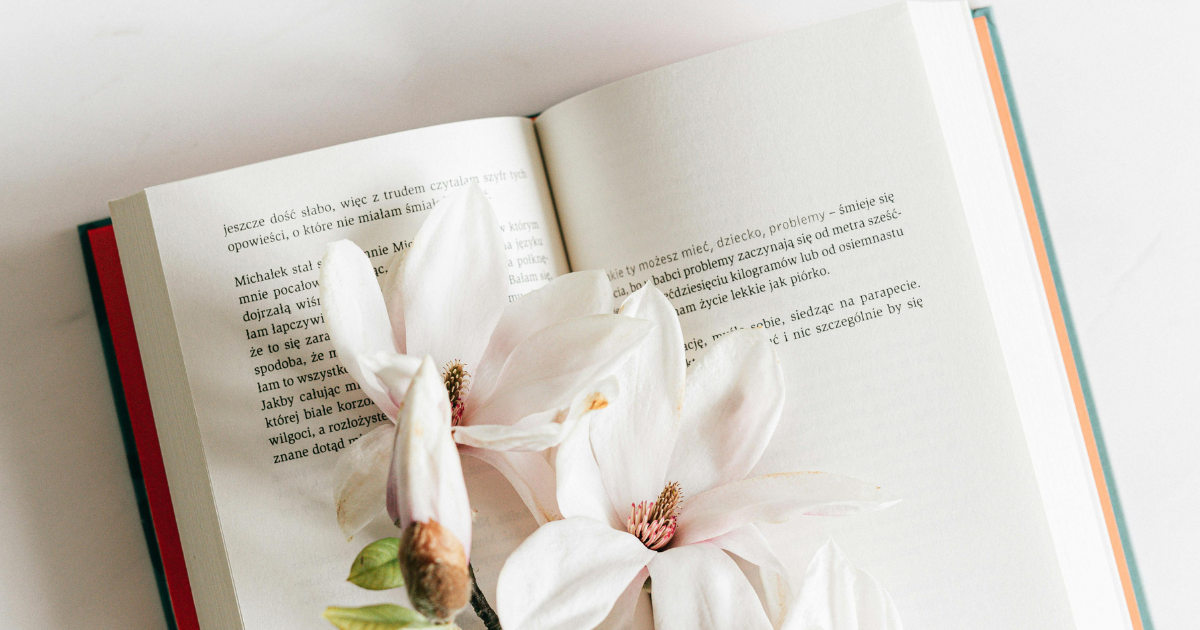Pablo Picasso’s “Guernica”: A symbol of pain and the strength of the human spirit
How one of the most famous works of 20th-century art became a voice against violence and oppression

The history behind “Guernica”
Pablo Picasso’s “Guernica” is one of the most iconic paintings of the 20th century, not only reflecting the horrors of war but also serving as a powerful symbol of human resilience. This is not just a work of art, but a bold political statement that continues to resonate in today’s world despite the passage of decades. How did Picasso manage to encapsulate the atrocities of war in such a complex and layered masterpiece? Let’s delve into the creation of “Guernica” to understand its hidden meanings and significance.
The creation of “Guernica” began with a simple commission: in January 1937, the Spanish government asked Picasso to paint a work for their pavilion at the Paris World’s Fair. At the time, Spain was in the midst of a civil war, and the country’s situation was becoming increasingly tense. The culmination of these events was the bombing of the Basque town of “Guernica” on April 26, 1937, a shocking example of military aggression. It was this event that inspired Picasso to create a painting that would draw attention to the crisis in Spain.

Photo: National Digital Archives of Poland
Composition and symbolism: the language of pain and resistance
“Guernica” is striking in both its size and complex composition: the painting stretches nearly 8 meters long and over 3 meters high. Picasso depicted numerous figures—people and animals—in chaotic motion, reflecting the destruction and chaos of war. Stylistically, the painting is rendered in black and white, enhancing the drama and creating the effect of a newspaper report, as if we are looking at a frozen frame of history.
The horse in the center of the canvas is often interpreted as a symbol of the suffering of innocent victims. At the same time, the bull—a recurring motif in Picasso’s work—may represent power and indifference, standing by and observing the devastation. The lightbulb at the center is seen as a symbol of enlightenment and truth, shedding light on the horrors of war. Picasso aimed to create a universal image that would speak a language understood by all, transcending time and place.
Picasso claimed that he worked on “Guernica” for 14 hours a day, barely lifting his brush from the canvas, much like the Republican soldiers who never let go of their rifles. His studio was filled with a tense atmosphere that mirrored the mood of the painting as if the process itself was a form of struggle.
A universal reminder of humanity
Interestingly, “Guernica” was not immediately embraced by the public; the painting received mixed reactions at the World’s Fair. Nonetheless, it quickly became a symbol of protest and the embodiment of pacifist ideals. The painting traveled to many countries, drawing attention to the Spanish Civil War and serving as a tool for raising funds to aid the Republicans.
Over time, “Guernica” became more than just a reflection of a specific historical event. It transformed into a symbol that reminds us of the importance of fighting against injustice and violence. Today, Picasso’s painting is viewed as a powerful statement on humanism, continuing to inspire new generations to seek peace and understanding. “Guernica” teaches us that art can be not only a form of self-expression but also a powerful tool for changing the world.
Picasso didn’t just create a work of art—he left us with a powerful reminder that even in the darkest times, hope and humanity shine brighter than any light.


